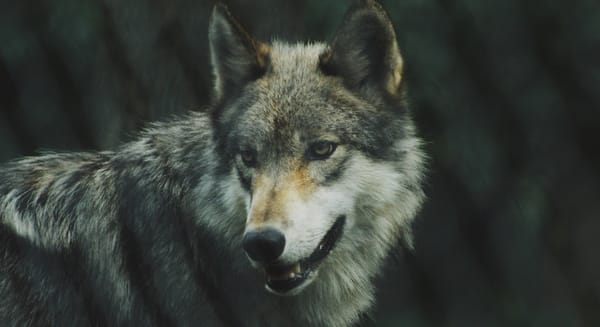Not long before the first European (Viking) explorations in North America, condors were still present in Texas.
As published by U. S. National Museum, Washington, D. C., November 2S, 1932, ALEXANDER WETMORE and HERBERT FRIEDMANN found condor bones in a cave on the south peak of Mule Ears Peaks, ten
